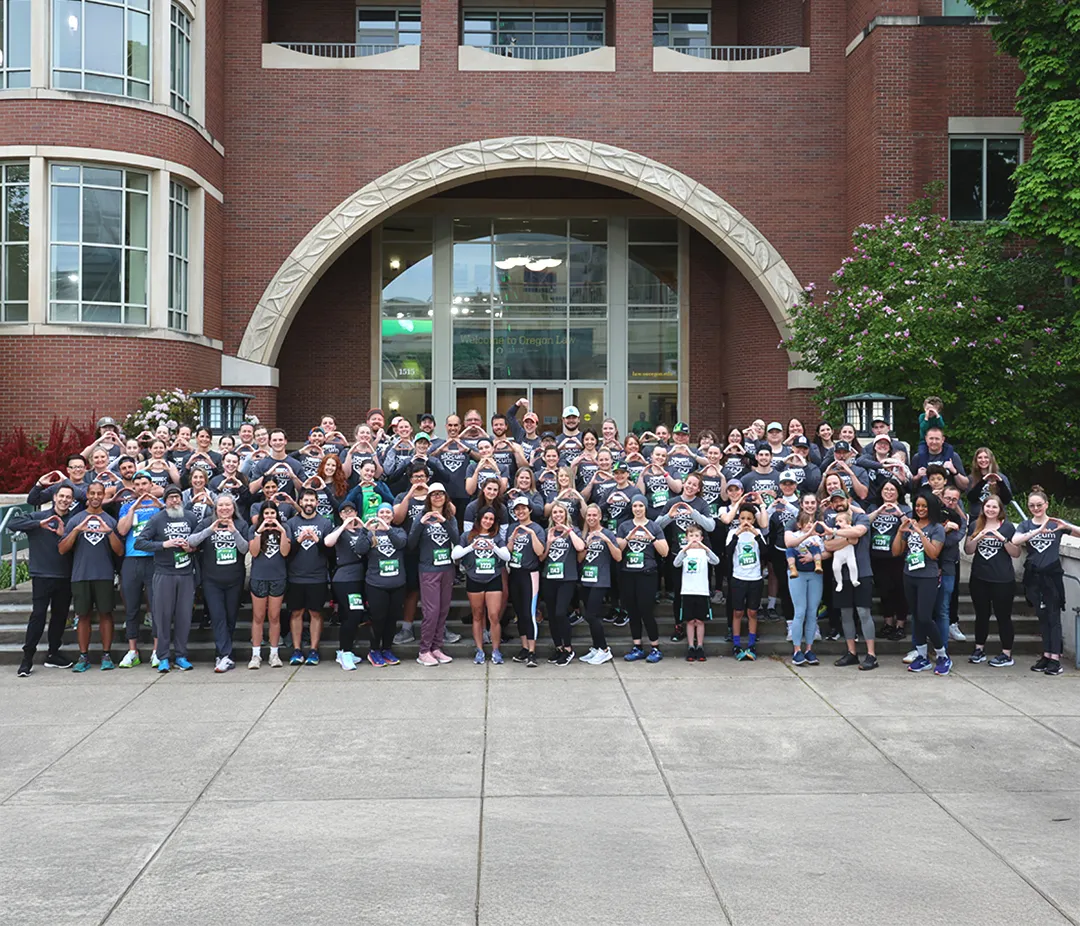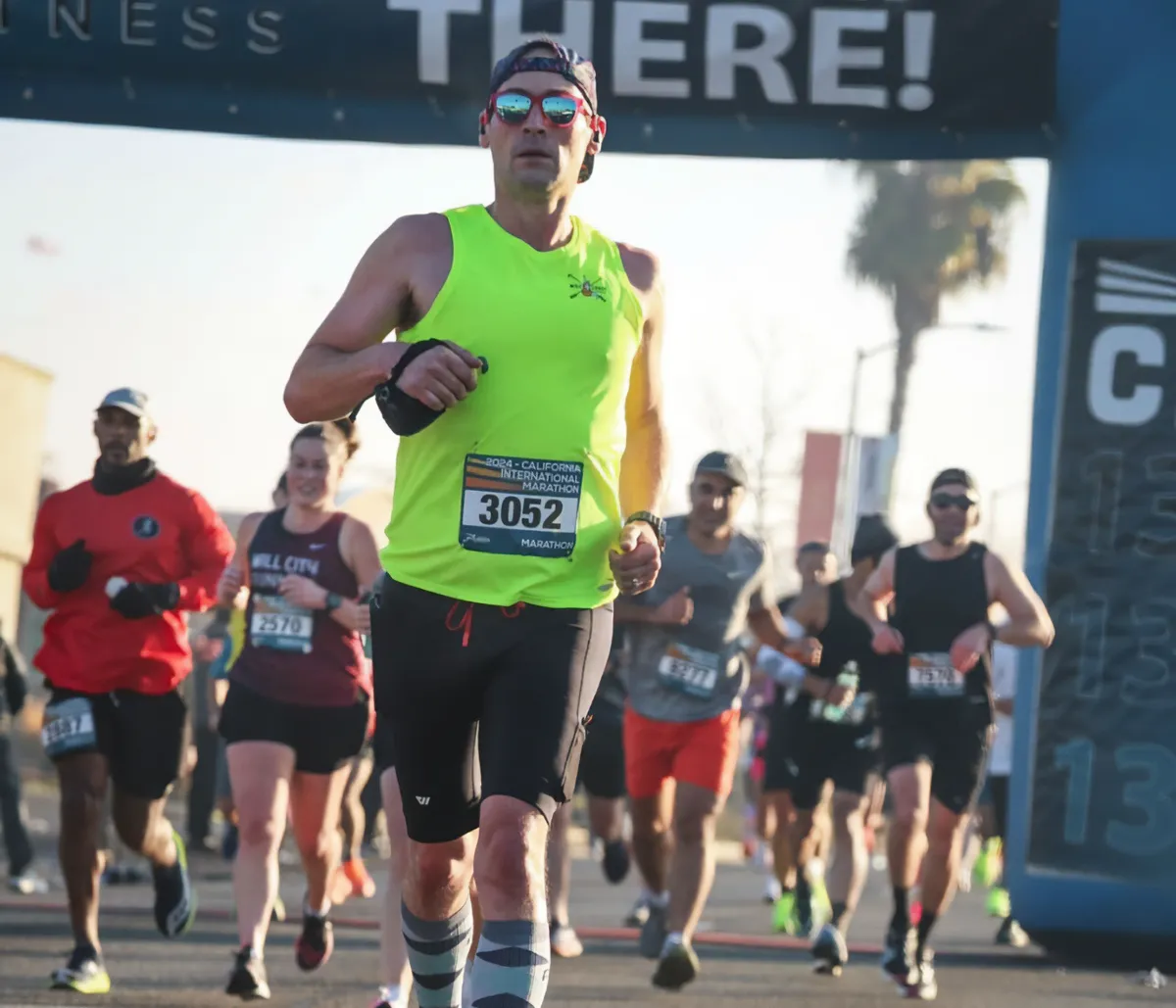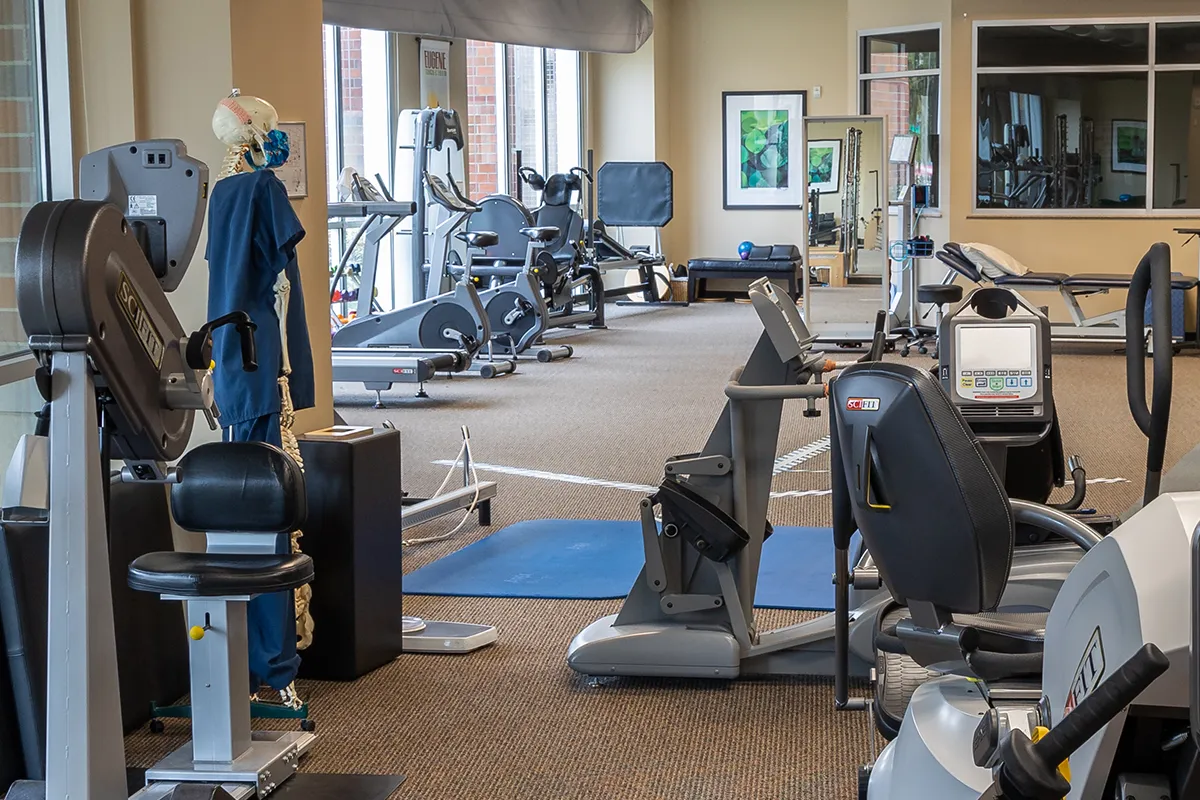Minimally Invasive Foot & Ankle Surgery
Minimally Invasive or “MIS“ foot and ankle surgery has officially arrived at Slocum.
There has been a lot of interest in minimally invasive surgery in all areas of orthopedic surgery.  Recently, there has been an increased interest in performing some of the frequently used techniques in which we perform “open“ surgery and performing them through smaller incisions.
What is “MIS“ surgery in foot and ankle surgery?
In foot and ankle surgery, new techniques have been developed which allow the surgeon to perform either osteotomy (cutting bones) or ostectomies (removal of a bone spur) through smaller incisions. These are just a few of the techniques in which we frequently perform in surgeries such as bunion correction, bone spur removal, flat foot reconstructions to name a few.
Currently, the new techniques involve cutting the bone with a burr which is cooled with water to prevent burning the tissue. The procedure is done under an X-ray machine. After the bone is cut, it is manipulated with instruments and fixed with hardware placed through small incisions. 
We presume that if we can do surgeries through a smaller incision we will see faster recovery, fewer complications, and overall improved patient satisfaction. However, just because the skin incision is small, doesn’t mean that there isn’t tissue injury, pain, and risks involved. In fact, MIS surgery still has just as many risks, but they look a little different. These can include risks of burning the tissue, nerve injury, lost fixation, and loss of correction.
While the early results are promising, there are some studies that show no reported advantage to MIS foot surgery. However, we have not yet seen inferior results when using MIS surgery. In fact, a study from 2020 showed equivalent results between open and MIS techniques when it came to bunion correction.[1]
Personally, I’ve really liked the early results of “MIS“ surgery. One of my frustrations with open foot and ankle surgery is skin incision healing after surgery. While the skin heals uneventfully most of the time, occasionally either skin breakdown or infection can occur. When it does, it can significantly prolong the healing time. Stiffness seems to be improved as does cosmesis.
(Example of before and after X-rays after “MIS“ or percutaneous bunion surgery)
Factors such as pain after surgery maintained correction and other long-term outcomes will need more studies to determine if there is a significant difference between “open“ and “MIS“ surgery. Sometimes, an MIS approach is not the best approach. Your surgeon should be able to help navigate the different options and approaches to give you the best chance at a good outcome.
If you are interested or think you may be a candidate for “MIS“ (minimally invasive) foot and ankle surgery, contact us and we would be happy to see you for an appointment.  
1. Kaufmann, G., et al., Five-Year Follow-up of Minimally Invasive Distal Metatarsal Chevron Osteotomy in Comparison with the Open Technique: A Randomized Controlled Trial. J Bone Joint Surg Am, 2020. 102(10): p. 873-879.





